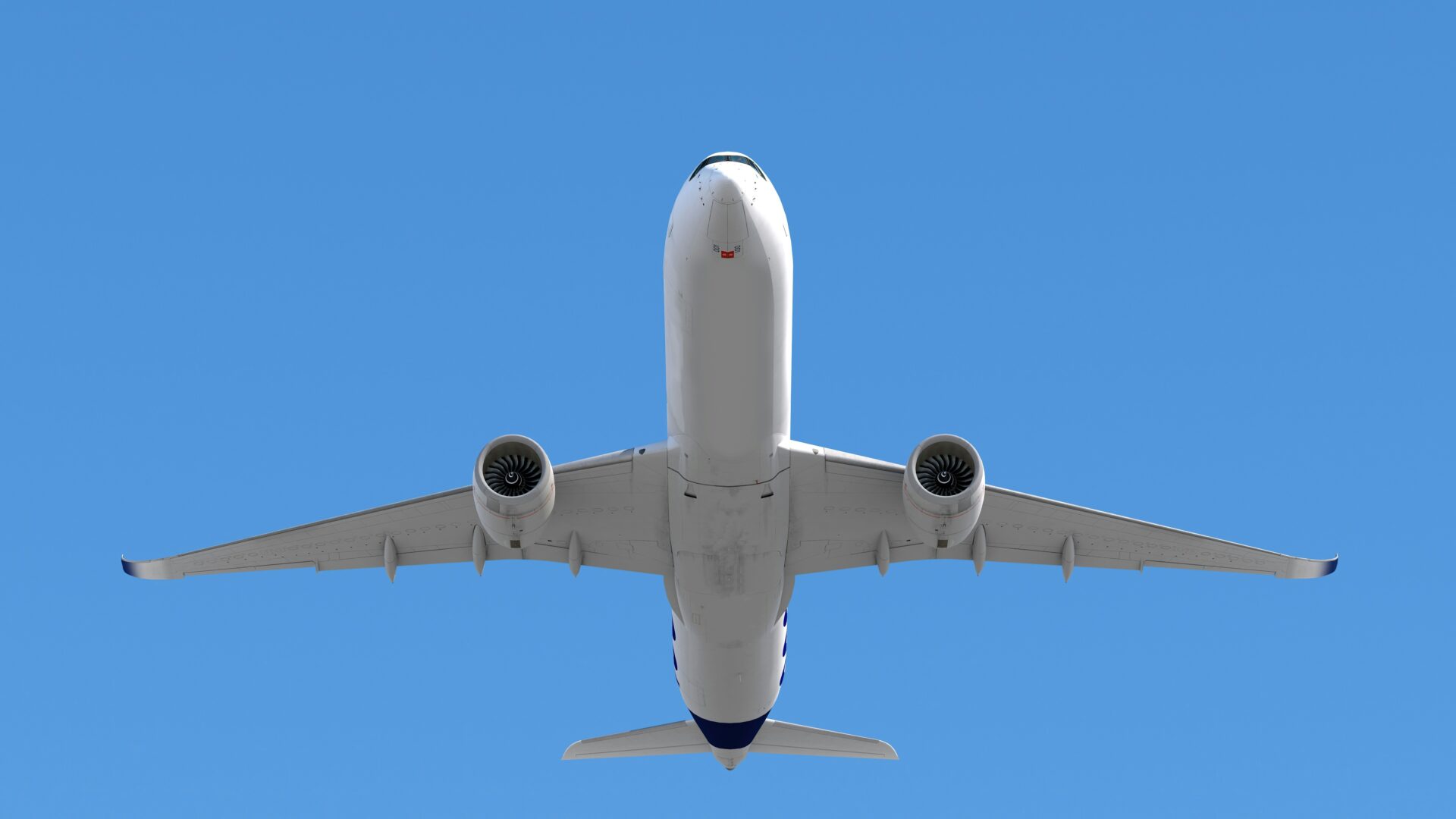With recent news that a Delta airplane crash landed in Toronto, preceded by other recent plane crashes in the US, anxious flyers might be wondering if flying is still safe.
The good news is, it definitely is. According to the 2024 Transportation Statistics Report from the Bureau of Transportation Statistics, plane travel is still the safest form of transport.
Additionally a study by MIT in 2024 found the fatality rate of flying is just 1 in 13.7 million. When you consider that, according to the WHO, 1.19 million people die every year as a result of road traffic accidents, it certainly puts it into perspective.
But the safety of flying isn’t a coincidence, it’s a result of some amazing technologies working together to keep you safe in the sky.
Let’s take a look at some of them.
Crash Prevention Technologies
Most modern airplanes have systems on board that are designed to prevent crashes due to human error, physical obstacles or mechanical failure. Some of these include:
Enhanced Ground Proximity Warning System (EGPWS)
These technologies are designed to alert pilots if their plane is in danger of flying into an obstacle.
These technologies are particularly useful for planes flying across mountainous terrains or who have to land in complicated runways. This alert gives pilots plenty of time to change course and prevent any fatal collisions.
Collision Avoidance Systems
These alerts are designed to reduce the risk of collision incidents when flying. They use sensors to detect if there may be an object nearby that the plane is at risk of colliding with.
Fly-by-Wire (FBW) Systems
Fly by wire systems help to prevent any crashes that might occur due to human error. This software detects when a pilot might be making an overcorrection or steering the plane in a way that may destabilise it.
By sending sensory data from the pilot’s controls to a system that calculates and decodes what they might do, it allows the aircraft to respond quickly to prevent a crash.
Autonomous Landing Systems
Flying a plane can be tricky is visibility is poor due to weather. Luckily, planes are built with this in mind.
Most modern planes have landing systems as part of their autopilot that allows them to land safely, even if the pilots can’t see. That means even if a plane needs to land in snow, fog or in cloud formations, it can still land safely.
More from Guides
- Top Alternatives To LastPass
- What Is an Indie Hacker?
- Starting a Business in Azerbaijan
- Top Alternatives To Wise For Payments
- Leen Kawas: How to Turn Team Disagreements Into Scientific Breakthroughs
- How to Onboard Remote Workers In Less Than a Day
- How to Apply For Startup Grants In Europe
- Five Practical Steps to Maximise Your Machine Learning ROI
Tech Preventing Plane Collisions
So we now know it’s rare to crash into objects, what about other planes? Luckily, that has been thought through too.
Air Traffic Control
You might think that air traffic control is in charge of runway logistics, but they do so much more than that.
Air traffic control monitors planes in real-time, speaking to pilots to register where they are and alerting them of any possible collisions.
Air traffic control will have a complete map of planes in their airspace, allowing them to quickly communicate any collision risks, should they arise.
Traffic Collision Avoidance System (TCAS)
If Air Traffic Control is a bit slow, the plane also has tech on board to prevent crashes in the air.
TCAS systems alert pilots of nearby aircrafts, allowing them plenty of time to adjust their course if they need to. Newer systems like the TCAS II also give pilots specific instructions about how to avoid oncoming traffic, whether that means climbing higher, dropping lower or veering in a slightly different direction.
Runway Awareness and Advisory System (RAAS)
Runways can be busy areas, with lots of incoming and outgoing planes. RAAS systems prevent any collisions by showing pilots their location in relation to other aircrafts nearby.
This can help make sure that planes stay safe, even on the ground
On-Flight Safety Systems
As well as avoiding crashing into things (or being crashed in to themselves) planes also have self-monitoring systems that keep track of their mechanical health.
Elements like engine monitors constantly show pilots the temperature, pressure and vibration of engines, allowing them to be alerted to any issues quickly.
There are also systems that focus on elements like cabin pressure and structural monitoring, which could alert pilots to any cracks in the plane’s frame.
This constant monitoring allows pilots to understand any potentially dangerous structural issues and resolve them before something goes more seriously wrong.
The Black Box
If you have read about a crash, you might have heard the term ‘black box’ – this technology is installed on board and used to analyse, learn from and prevent future crashes.
The black box streams and records flight data in real-time. These devices are heavily protected and designed to withstand extreme crashes.
By analysing black box data, flight safety bodies are constantly improving their systems, allowing them to learn from any issues and continue to make flying a safe experience.
Is Flying Really Safe?
Yes, flying is definitely safe, and there are tons of technologies on board to make sure it stays that way.
The aviation industry is constantly improving its safety through technology. Whilst the news at the moment might appear morbid when it comes to flight safety, remember that thousands of planes fly every day and only the worst incidents are recorded in the news.
So next time you fly, remember that air travel is not just fast and easy, it’s very safe.

